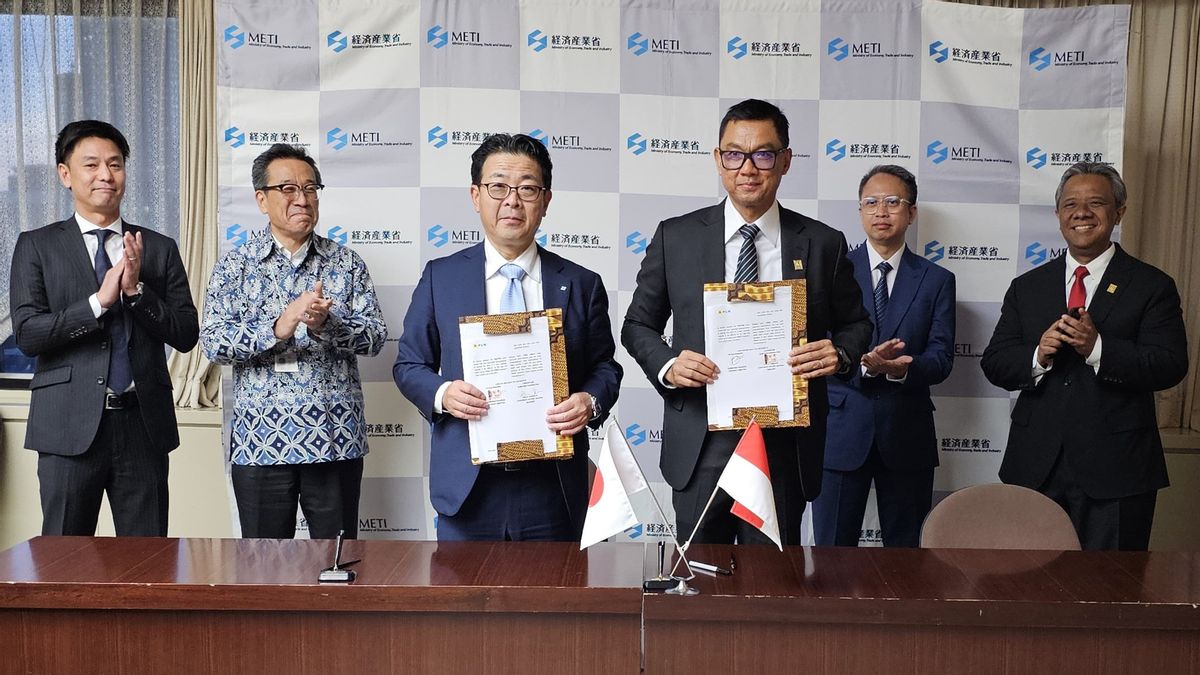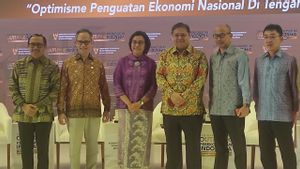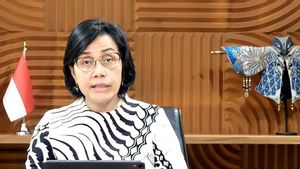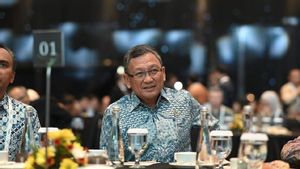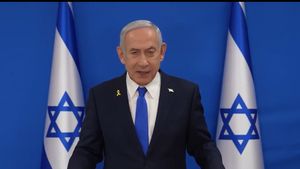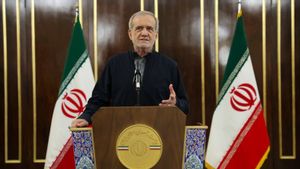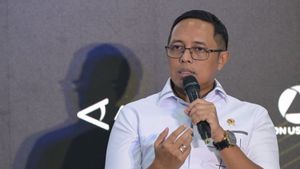PT PLN (Persero) signed a memorandum of understanding (MoU) with the Consortium Sumitomo, Hitachi Zosen, and Energia Prima Nusantara (EPN) for cooperation in the development of the Legok Nangka Waste Power Plant (PLTSa), West Bandung Regency, West Java.
This collaboration is part of the Carbon Credit Treatment or Joint Crediting Mechanism (JCM) for the Energy Project on Legok Nangka Waste.
PLN President Director Darmawan Prasodjo explained, as part of the Asian Zero Emission Community (AZEC), both the Governments of Indonesia and Japan pay attention to reducing global carbon emissions, one of which is through a carbon credit scheme.
For this reason, Darmawan hopes that bilateral relations between the two countries will be more productive in order to make the energy transition successful to achieve Net Zero Emissions (NZE) in 2060 or sooner.
"We also hope that through this agreement we can open more massive cooperation in supporting energy transitions and environmental protection, so that our goal of achieving NZE in 2060 can be achieved early," Darmawan said in his statement to the media, Friday, December 22.
He continued, mitigation efforts for global climate change cannot be carried out individually. For this reason, global collaboration is needed. His party also appreciated Sumitomo Corporation and a consortium that had agreed to cooperate with PLN for the development of the Legok Nangka PLTSa.
Darmawan explained that Legok Nangka's Waste Processing and Processing Site (TPPAS) is a landfill sanitary or waste disposal site and waste material from 6 regencies in West Java, namely Bandung City, Bandung Regency, Sumedang Regency, Cimahi City, Garut Regency and West Bandung Regency. In a day, the Legok Nangka TPPAS is estimated to be able to accommodate up to 2,131 tons of garbage.'
"We will manage this large amount of waste into fuel for the Waste Power Plant (PLTSa) with environmentally friendly incinerator technology, the potential for electrical energy reaches 30 to 50 Megawatts (MW)," said Darmawan.
Darmawan detailed that this project has the potential to generate Carbon Economic Value (NEK) in the waste and energy sector, he asked; First, this waste management is able to reduce methane gas emissions from waste in the Legok Nangka TPPAS.
Second, waste managed as PLTSa fuel will be able to produce energy through PLN's electric power interconnection (on-grid).
"We manage the garbage that accumulates in the Legok Nangka TPPAS and the potential for NEK is quite significant. So directly we can run carbon credit here," added Darmawan.
Darmawan emphasized that apart from the Legok Nangka TPPAS, PLN in the future is also ready to contribute to other PLTSa programs in 9 regions in Indonesia.
Meanwhile, the 9 areas include DKI Jakarta Province, Tangerang City, South Tangerang City, Bekasi City, Semarang City, Makassar City, Denpasar City, Manado City, and Palembang City.
"We will replicate the success of the Legok Nangka PLTSa at other TPPAS in Indonesia, so we ask for support from all stakeholders so that this noble project can run optimally. So that it can provide as much benefits as possible for the people of West Java," said Darmawan.
SEE ALSO:
The JCM scheme itself aims to evaluate Japan's contribution to reducing greenhouse gas emissions, both in terms of technology, funding, infrastructure, and others.
From the evaluation of this contribution, the Japanese government hopes to get a carbon credit that can be calculated in meeting Japan's emission reduction targets.
The English, Chinese, Japanese, Arabic, and French versions are automatically generated by the AI. So there may still be inaccuracies in translating, please always see Indonesian as our main language. (system supported by DigitalSiber.id)
